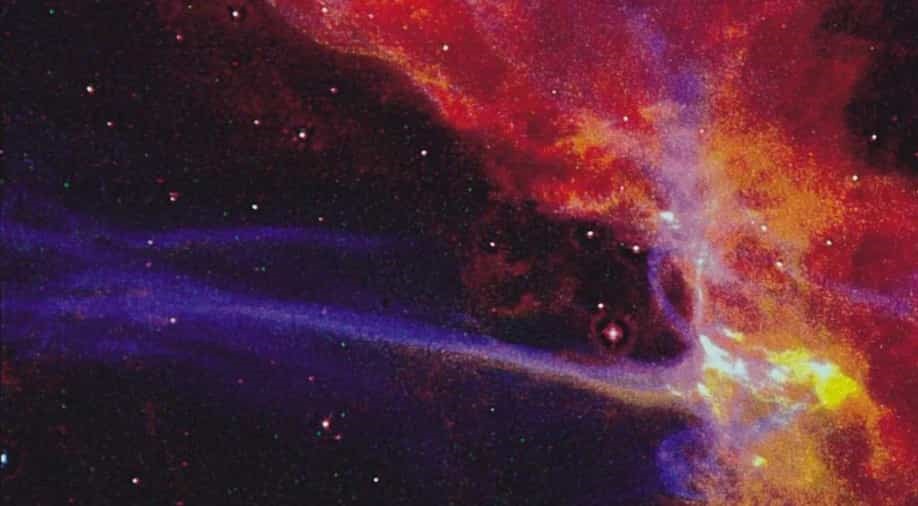Free Courses Sale ends Soon, Get It Now


Free Courses Sale ends Soon, Get It Now



Disclaimer: Copyright infringement not intended.
Context
NASA launched a sounding rocket as part of it’s INFUSE mission to study the Cygnus Loop, a supernova remnant, to understand how the stellar explosive deaths forms new star systems in the universe.
Details
Introduction to the INFUSE Mission
Objective of the Mission
The Cygnus Loop and its Significance
Origin and Brightness of the Cygnus Loop:
Role in Cosmic Evolution:
Insights and Exploration through the INFUSE Mission
About Supernova
Types of Supernovae:
Stages of Supernova:
Causes and Triggers:
Significance in Cosmic Evolution:
|
PRACTICE QUESTION Q. Which of the following statements about supernovae are true?
Choose the correct option: a) 1 only b) 2 and 3 only c) 1 and 2 only d) 1, 2, and 3 Answer: d) |
© 2024 iasgyan. All right reserved